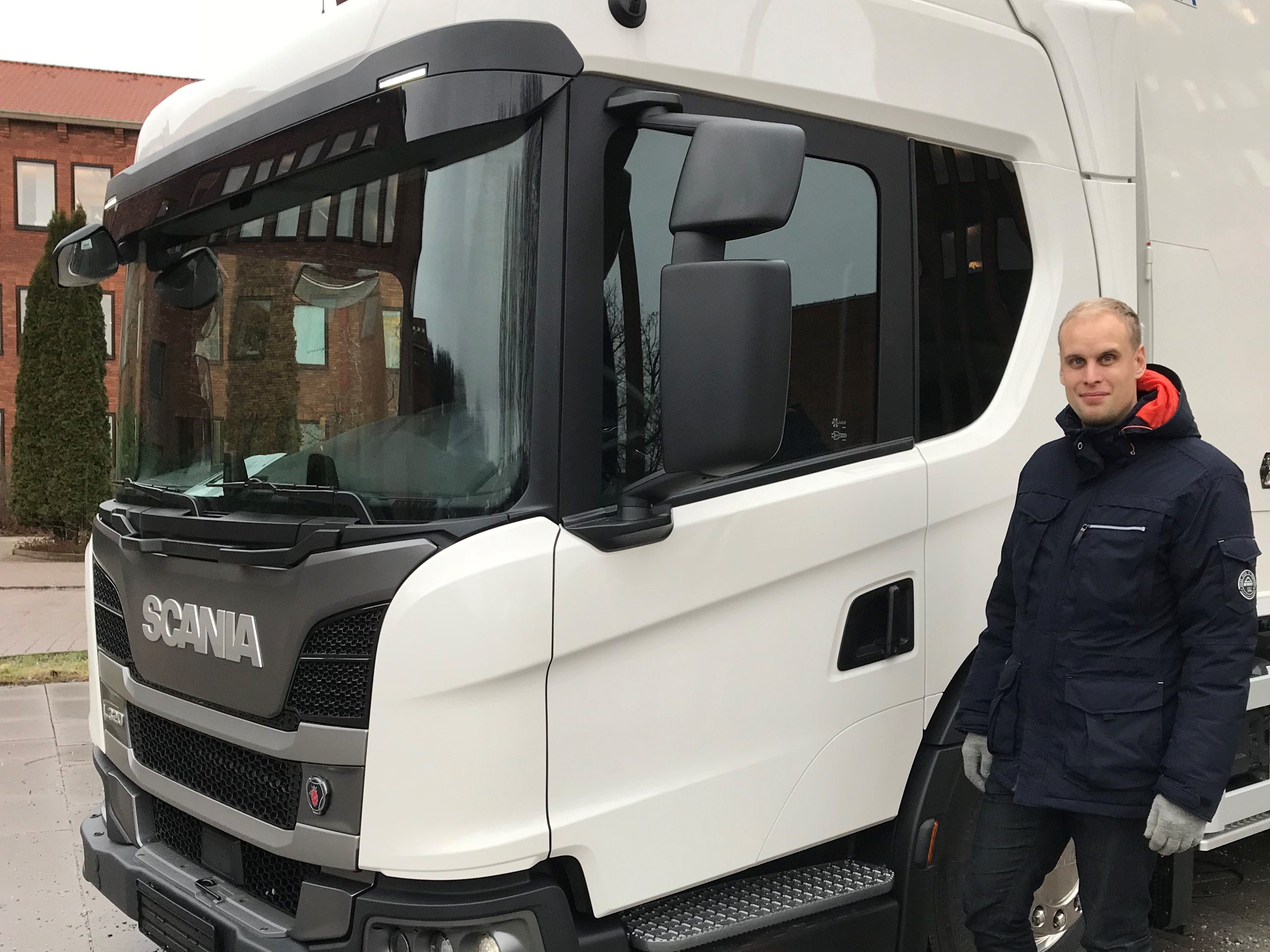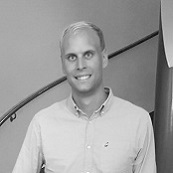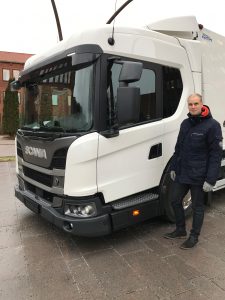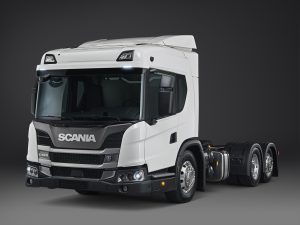
Success story: from thesis project to series production
- Post by: Andreas Larsson
- 31st January 2018
- No Comment
Anton Svensson, currently Senior Lead Engineer within Complete Vehicle Layout & Concepts at Scania CV AB, graduated from BTH’s mechanical engineering program in 2011. His thesis project, “Design of Modular Scania LowEntry Instep” (carried out together with Anna Gharibi from Chalmers), was the starting point for a future career at Scania. We took the opportunity to interview Anton to hear more about how he took his Master thesis project all the way to series production.
* How did you get your thesis opportunity at Scania?

I found the master thesis proposal on the Scania CV career website for thesis projects.
I applied and a few weeks later I was on a combined interview and introduction to the thesis work. Scania was very helpful, supportive and flexible in the start of the thesis work. For example, they arranged an apartment, which can be difficult to find in the Stockholm area.
* You, who studied Mechanical Engineering at BTH, worked together with Anna Gharibi who was an Industrial Design student at Chalmers University. Tell us more about your cross-disciplinary collaboration.
I first met my master thesis college Anna at the interview. Our two different fields of education complemented each other in a very good way and it gave the work a realistic cross-functional touch. The development process at Scania is very cross-functional, where the engineering department works tightly together with the co-related departments. Also, the fact that we didn’t know each other before gave the thesis a more professional feel.
* What was the overall purpose of your thesis?
We carried out the thesis at the Scania special development department for customized trucks. They focused on order-driven design adaption of Scania’s modular program for specific customer demands. The purpose of our master theses was to design a new modular boarding step for a low-entry truck aiming at urban applications. The special-order truck was a low-volume product (~80 units/year) built outside of Scania’s high-volume production flow.

* Looking back at your thesis today, what makes you most proud?
When I look back on my master thesis today, I feel most pride in the work we did to understand the customer and application needs in detail. That knowledge has been a key factor for my continued career at Scania. The design and development process always start and ends with the customer.
* Today, you are an employee at Scania and what started as a vision in a thesis project has now been realized into a new truck series. What happened from your thesis up until today?
I got employment as a design engineer at the department directly after the thesis. My main assignment was to improve the low-entry truck design, and continue to develop the boarding step from the thesis. The boarding step became part of a facelift released in the end of 2012.
Around that time, Scania started up the Next Truck Generation project together with Porsche Engineering as a development partner for the cab body. The new product portfolio would now also include the low-entry truck as a part modular program.
With my knowledge about the current low-entry generation product and my good knowledge about the customer and applications needs, I got a leading role in the small cross-functional concept team working with the pre-development phase of the new truck concept together with Porsche.
As the project entered the series development phase, I got promoted to Lead Engineer for the series development phase of project. This involved leading the increased engineering team through the development phase from prototype generations, testing and loops of detailed improvements up to series production adapted for a high-volume flow.
Five years and a lot of hard work and challenges later, we launched the Next Truck Generation program with the new designed low-entry truck, the L-SERIES, as one of the main products for urban applications.
This experience has been fantastic and I am so proud of this team and the result achieved together.

* What happens next?
I have moved on to new assignments within Scania, leading cross-functional investigations on new complete vehicle concepts and collaboration with the co-brands in Volkswagen Truck & Bus group.
* How did your education at BTH prepare you for your current role at Scania?
The education from BTH gave me a very good base for my future carrier. The mechanical engineering program gave me wide basic knowledge regarding mechanical design. The most valuable thing that I learned throughout the education was something I realized after the studies. It was that I continuously through the education learned a method of how to think to understand and solve a problem or task in a structured way, allowing me to quickly analyze and understand the problem and then find a way to solve it in an efficient way.
* Your best advice to current BTH students?
My best advice is to work hard and focus on your studies but to also find a balance between the studies and your spare time. Don’t forget to enjoy the student life.
